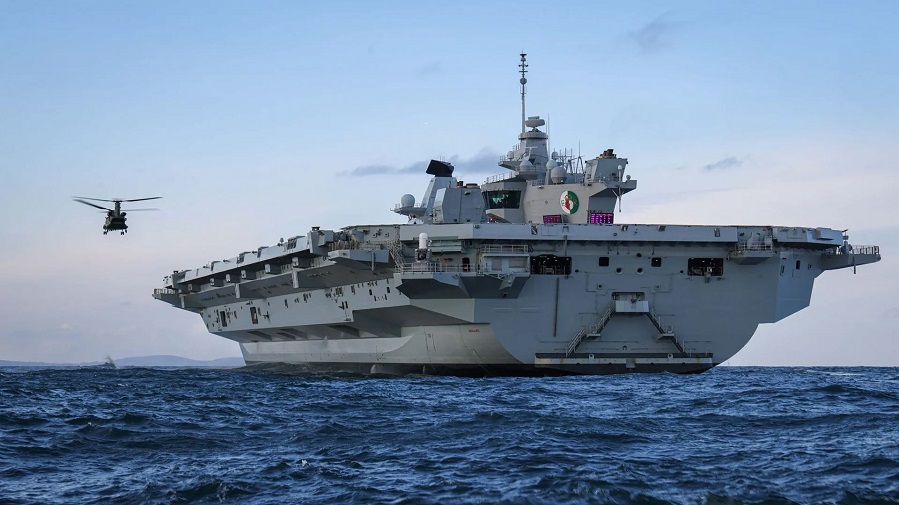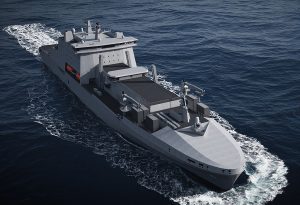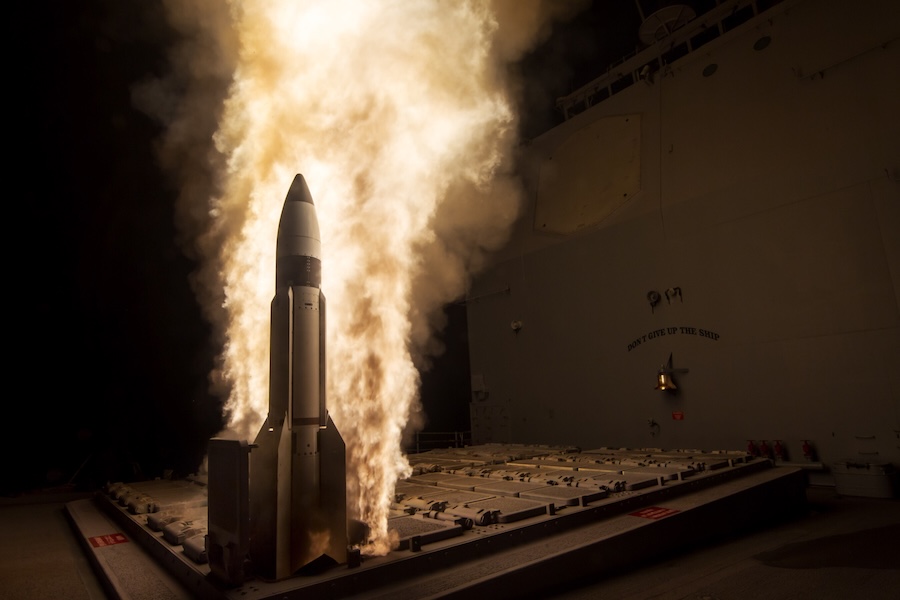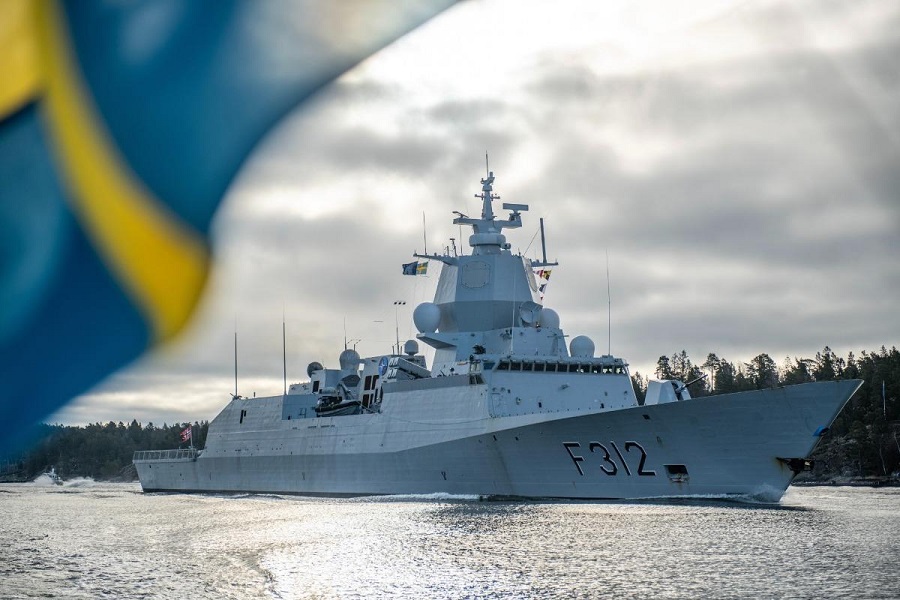The carrier is undergoing a comprehensive overhaul after six years of operations, which included a global deployment to the Indo-Pacific in 2021 and leading NATO missions in European waters. The initial nine months of maintenance involved engineering work in Portsmouth alongside training and development for the ship’s company.
Captain Claire Thompson, Commanding Officer of HMS Queen Elizabeth, said: “The departure of HMS Queen Elizabeth from Portsmouth marks the end of one phase of our upkeep period and the beginning of another. We have achieved an enormous amount in 2025, with a significant upgrade to our propulsion system being the most notable item amidst a wide range of engineering projects tackled alongside our partners from industry.”
She added: “This engineering work has happened concurrently with a rigorous training programme, to ensure my ship’s company are safe to operate at sea. Although HMS Queen Elizabeth is now due a seven-month docking period in Rosyth after a short period of sea trials, my focus remains generating a highly capable team that can take the ship from our docking period and work towards front-line duties.”
During sea trials, Fleet Operational Standards and Training (FOST) teams will assess the 500-strong crew’s response to onboard emergencies such as fires, floods, and damage control. These evaluations are a standard part of ensuring operational readiness for Royal Navy vessels.
Once in Rosyth, the carrier will enter dry dock at the Babcock Dockyard, allowing inspection and improvement of systems that are inaccessible while afloat. Crew members will be accommodated at HMS Caledonia near the dockyard and in Portsmouth, with opportunities to engage with the ship’s Scottish affiliates.
The maintenance and trials are designed to prepare HMS Queen Elizabeth for her next phase of active service with the Royal Navy. The overhaul supports the long-term operational capabilities of the fleet’s flagship carrier.


























